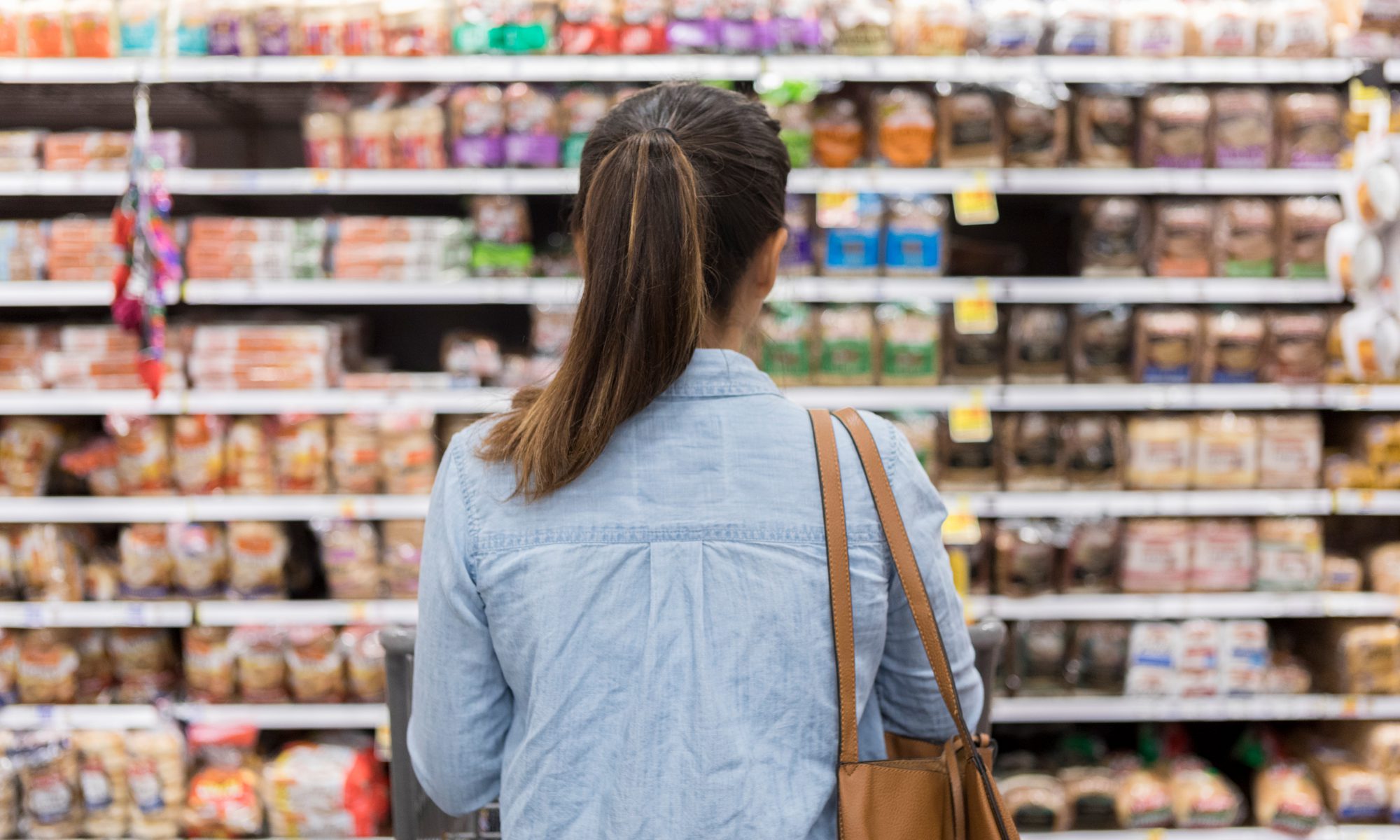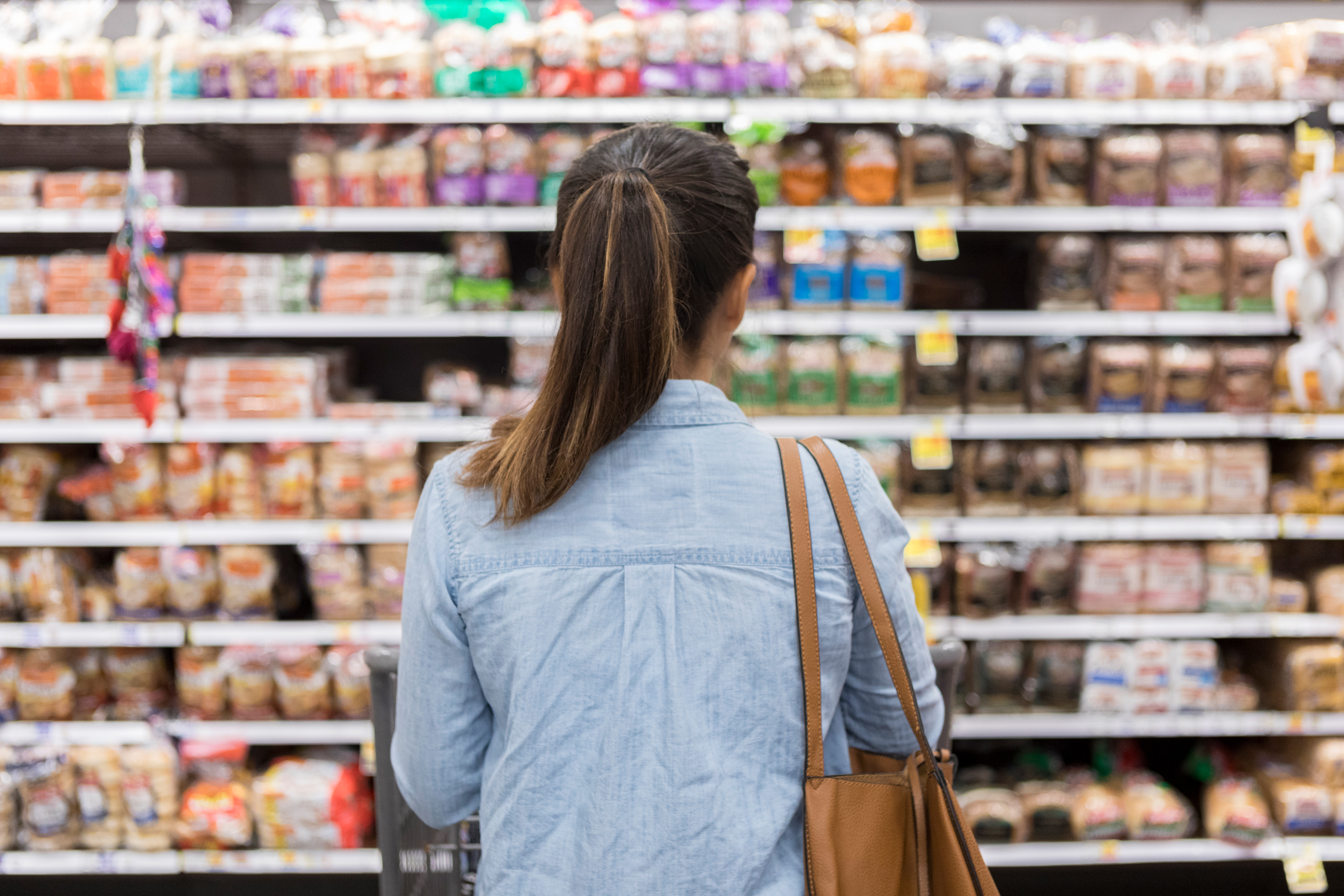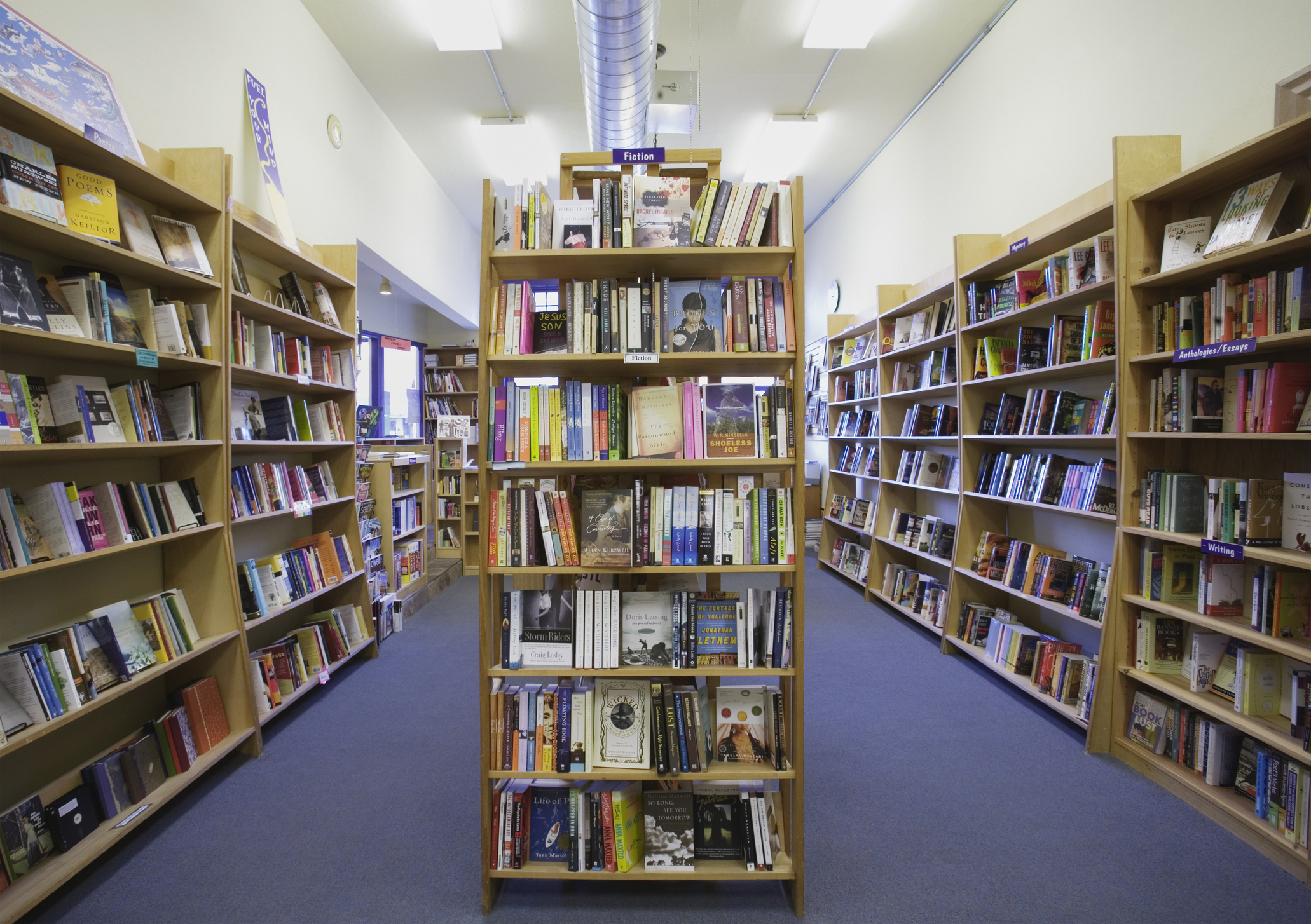Solutions should allow Member States’ servers to communicate and receive relevant keys between themselves using a trusted and secure mechanism.
Roaming users should upload their relevant proximity encounter information to the home country backend. The other Member State(s) should be informed about possible infected or exposed users*.
*For roaming users, the question of to which servers the relevant proximity contacts details should be sent will be further explored during technical discussions. Interoperability questions will also be explored in relation to how a users’ app should behave after confirmed as COVID-19 positive and the possible need for a confirmation of infection free.
Conversely, the 19 academics behind the proposal for interoperability of different decentralized contact-tracing protocols do include a section at the end of the document discussing how, in theory, such systems could plug into “alternatives”: aka centralized systems.
But it’s thick with privacy caveats.
Privacy risks of crossing system streams
The academics warn that while interoperability between decentralized and centralized systems “is possible in principle, it introduces substantial privacy concerns” — writing that, on the one hand, decentralized systems have been designed specifically to avoid the ability of an central authority being able to recover the identity of users; and “consequently, centralized risk calculation cannot be used without severely weakening the privacy of users of the decentralized system.”
While, on the other, if decentralized risk calculation is used as the “bridge” to achieve interoperability between the two philosophically opposed approaches — by having centralized systems “publish a list of all decentralized ephemeral identifiers it believes to be at risk of infection due to close proximity with positive-tested users of the centralized system” — then it would make it easier for attackers to target centralized systems with reidentification attacks of any positive-tested users. So, again, you get additional privacy risks.
“In particular, each user of the decentralized system would be able to recover the exact time and place they were exposed to the positive-tested individual by comparing their list of recorded ephemeral identifiers which they emitted with the list of ephemeral identifiers published by the server,” they write, specifying that the attack would reveal in which “15-minute” period an app user was exposed to a COVID-positive person.
And while they concede there’s a similar risk of reidentification attacks against all forms of decentralized systems, they contend this is more limited — given that decentralized protocol design is being used to mitigate this risk “by only recording coarse timing information,” such as six-hour intervals.
So, basically, the argument is there’s a greater chance that you might only encounter one other person in a 15-minute interval (and therefore could easily guess who might have given you COVID) versus a six-hour window. Albeit, with populations likely to continue to be encouraged to stay at home as much as possible for the foreseeable future, there is still a chance a user of a decentralized system might only pass one other person over a larger time interval too.
As trade-offs go, the argument made by backers of decentralized systems is they’re inherently focused on the risks of reidentification — and actively working on ways to mitigate and limit those risks by system design — whereas centralized systems gloss over that risk entirely by assuming trust in a central authority to properly handle and process device-linked personal data. Which is of course a very big assumption.
While such fine-grained details may seem incredibly technical for the average user to need to digest, the core associated concern for coronavirus apps generally — and interoperability specifically — is that users need to be able to trust apps to use them.
So even if a person trusts their own government to handle their sensitive health data, they may be less inclined to trust another country’s government. Which means there could be some risk that centralized systems operating within a multi-country region such as Europe might end up polluting the “trust well” for these apps more generally — depending on exactly how they’re made to interoperate with decentralized systems.
The latter are designed so users don’t have to trust an authority to oversee their personal data. The former are absolutely not. So it’s really chalk and cheese.
Ce n’est pas un problème?
At this point, momentum among EU nations has largely shifted behind decentralized protocols for coronavirus contact-tracing apps. As previously reported, there has been a major battle between different EU groups supporting opposing approaches. And — in a key shift — privacy concerns over centralized systems being associated with governmental “mission creep” and/or a lack of citizen trust appear to have encouraged Germany to flip to a decentralized model.
Apple and Google’s decision to support decentralized systems for the contact-tracing API they’re jointly developing, and due to release later this month (sample code is out already), has also undoubtedly weighted the debate in favor of decentralized protocols.
Not all EU countries are aligned at this stage, though. Most notably France remains determined to pursue a centralized system for coronavirus contact tracing.
As noted above, the U.K. has also been building an app that’s designed to upload data to a central server. Although it’s reportedly investigating switching to a decentralized model in order to be able to plug into the Apple and Google API — given technical challenges on iOS associated with background Bluetooth access.
Another outlier is Norway — which has already launched a centralized app (which also collects GPS data — against Commission and Member States’ own recommendations that tracing apps should not harvest location data).
High-level pressure is clearly being applied, behind the scenes and in public, for EU Member States to agree on a common approach for coronavirus contact-tracing apps. The Commission has been urging this for weeks. Even as French government ministers have preferred to talk in public about the issue as a matter of technological sovereignty — arguing national governments should not have their health policy decisions dictated to them by U.S. tech giants.
“It is for States to chose their architecture and requests were made to Apple to enable both [centralized and decentralized systems],” a French government spokesperson told us late last month.
While there may well be considerable sympathy with that point of view in Europe, there’s also plenty of pragmatism on display. And, sure, some irony — given the region markets itself regionally and globally as a champion of privacy standards. (No shortage of op-eds have been penned in recent weeks on the strange sight of tech giants seemingly schooling EU governments over privacy; while veteran EU privacy advocates have laughed nervously to find themselves fighting in the same camp as data-mining giant Google.)
Commission EVP Margrethe Vestager could also be heard on BBC radio this week suggesting she wouldn’t personally use a coronavirus contact-tracing app that wasn’t built atop a decentralized app architecture. Though the Brexit-focused U.K. government is unlikely to have an open ear for the views of Commission officials, even piped through establishment radio news channels.
The U.K. may be forced to listen to technological reality though, if its workaround for iOS Bluetooth background access proves as flakey as analysis suggests. And it’s telling that the NHSX is funding parallel work on an app that could plug into the Apple-Google API, per reports in the FT, which would mean abandoning the centralized architecture.
Which leaves France as the highest-profile hold-out.
In recent weeks a team at Inria, the government research agency that’s been working on its centralized ROBERT coronavirus contacts-tracing protocol, proposed a third way for exposure notifications — called DESIRE — which was billed as an evolution of the approach “leveraging the best of centralized and decentralized systems.”
The new idea is to add a new secret cryptographically generated key to the protocol, called Private Encounter Tokens (PETs), which would encode encounters between users — as a way to provide users with more control over which identifiers they disclose to a central server, and thereby avoid the system harvesting social graph data.
“The role of the server is merely to match PETs generated by diagnosed users with the PETs provided by requesting users. It stores minimal pseudonymous data. Finally, all data that are stored on the server are encrypted using keys that are stored on the mobile devices, protecting against data breach on the server. All these modifications improve the privacy of the scheme against malicious users and authority. However, as in the first version of ROBERT, risk scores and notifications are still managed and controlled by the server of the health authority, which provides high robustness, flexibility, and efficacy,” the Inria team wrote in the proposal.
The DP-3T consortium, backers of an eponymous decentralized protocol that’s gained widespread backing from governments in Europe — including Germany’s, followed up with a “practical assessment” of Inria’s proposal — in which they suggest the concept makes for “a very interesting academic proposal, but not a practical solution”; given limitations in current mobile phone Bluetooth radios and, more generally, questions around scalability and feasibility. (tl;dr this sort of idea could take years to properly implement and the coronavirus crisis hardly involves the luxury of time.)
The DP-3T analysis is also heavily skeptical that DESIRE could be made to interoperate with either existing centralized or decentralized proposals — suggesting a sort of “worst of both worlds” scenario on the cross-border functionality front. So, er…
One person familiar with EU Member States’ discussions about coronavirus-tracing apps and interoperability, who briefed TechCrunch on condition of anonymity, also suggested the DESIRE proposal would not fly given its relative complexity (versus the pressing need to get apps launched soon if they are to be of any use in the current pandemic). This person also pointed to question marks over required bandwidth and impact on device battery life. For DESIRE to work they suggested it would need universal uptake by all Europe’s governments — and every EU nation agreeing to adopt a French proposal would hardly carry the torch for nation state sovereignty.
What France does with its tracing app remains a key unanswered question. (An earlier planned debate on the issue in its parliament was shelved.) It is a major EU economy and, where interoperability is concerned, simple geography makes it a vital piece of the Western European digital puzzle, given it has land borders (and train links into) a large number of other countries.
We reached out to the French government with questions about how it proposes to make its national coronavirus contact-tracing app interoperable with decentralized apps that are being developed elsewhere across the EU — but at the time of writing it had not responded to our email.
This week in a video interview with BFM Business, the president of Inria, Bruno Sportisse, was reported to have expressed hope that the app will be able to interoperate by June — but also said in an interview that if the project is unsuccessful “we will stop it.”
“We’re working on making those protocols interoperable. So it’s not something that is going to be done in a week or two,” Sportisse also told BFM (translated from French by TechCrunch’s Romain Dillet). “First, every country has to develop its own application. That’s what every country is doing with its own set of challenges to solve. But at the same time we’re working on it, and in particular as part of an initiative coordinated by the European Commission to make those protocols interoperable or to define new ones.”
One thing looks clear: Adding more complexity further raises the bar for interoperability. And development time frames are necessarily tight.
The pressing imperatives of a pandemic crisis also makes talk of technological sovereignty sound a bit of, well, a bourgeois indulgence. So France’s ambition to single-handedly define a whole new protocol for every nation in Europe comes across as simultaneously tone-deaf and flat-footed — perhaps especially in light if Germany’s swift U-turn the other way.
In a pinch and a poke, European governments agreeing to coalesce around a common approach — and accepting a quick, universal API fix which is being made available at the smartphone platform level — would also offer a far clearer message to citizens. Which would likely help engender citizen trust in and adoption of national apps — that would, in turn, give the apps a greater chance of utility. A pan-EU common approach might also feed tracing apps’ utility by yielding fewer gaps in the data. The benefits could be big.
However, for now, Europe’s digital response to the coronavirus crisis looks messier than that — with ongoing wrinkles and questions over how smoothly different nationals apps will be able to work together as countries opt to go their own way.













